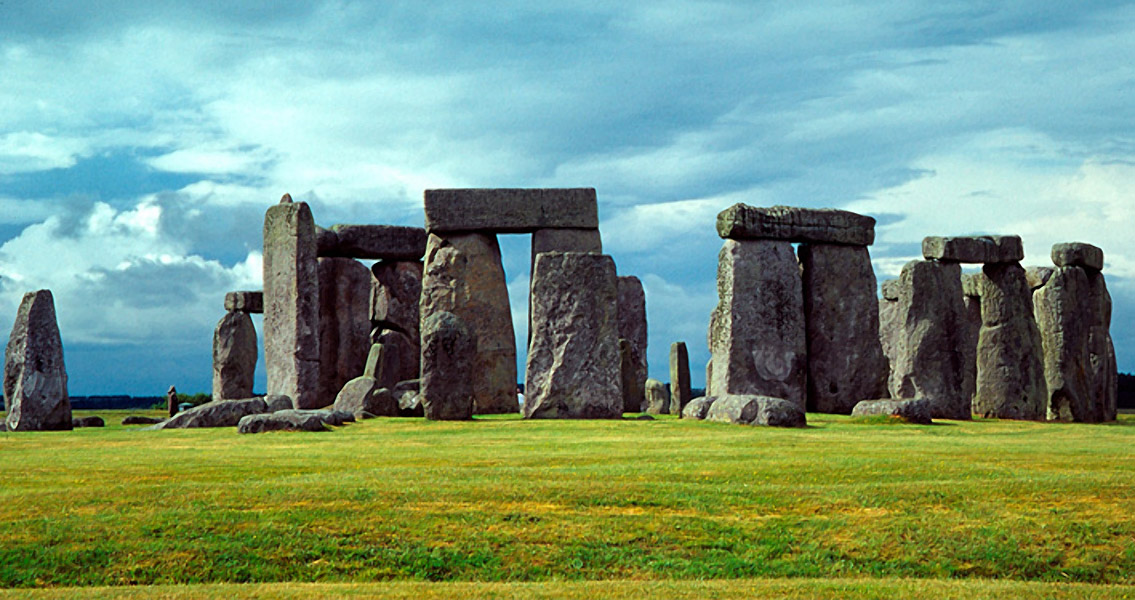<![CDATA[A group of archaeologists from University College London have demonstrated that it might not have been that hard to construct Stonehenge by hand, without heavy construction equipment, after all. While there are those who have pointed to the large circle of massively heavy bluestone blocks, and that they were quarried some 140 miles away in the Preseli Mountains in Wales, as a near impossible task for pre-industrial humans, the fact remains that the megaliths were transported across the country to Salisbury Plain in Wiltshire well before the advent of cranes, diesel trucks and highways. The cognitive dissonance between the supposed “impossibility” of the task and its accomplishment has befuddled archaeologists for generations. However, a new experiment has shown that the difficulty of moving the stones from Wales to Wiltshire wasn’t nearly as high as everyone thinks. The experiment involved mounting massive stones on a sleigh made from sycamore. The sleigh was then dragged along silver birch timber tracks in order to facilitate the movement further. Surprisingly, the movement was found to be much less strenuous than anyone had anticipated; in fact, it took a team of just 10 people to move a one-ton rock ten feet every five seconds. While the experiment occurred over short bursts, continually pulling the block would net a speed of more than one mile per hour. The experimental block is of course only around half the weight of the blocks brought from Preseli. However, the researchers extrapolated that a team of 20 individuals could have brought one of those massive prehistoric stones with little trouble; additionally, with the region boasting a population of several thousand during the Neolithic, the absence of less than two dozen people would have been barely noticed. Barney Harris, a doctoral student who was involved in the trial, spoke to the Telegraph about his experiences, expressing surprise on how few people had actually been needed to shift the massive stone. Harris recounted that the original plan was to need at least 15 people to move the stone effectively; the fact that only 10 people were needed to do so was quite the shock. The doctoral student did acknowledge that the conditions of the test – which involved conducting it on flat ground in London’s Gordon Square – didn’t exactly match the terrain of the Preseli Mountains. There would have been some steep slopes that workers would have had to navigate, but Harris maintained that the system used during the experiment would have worked well in such situations. In fact, sledges of the kind used in the experiment are still in use today in India, where the Maram Naga, a pre-industrialized society, uses them to help construct massive stone monuments. Additionally, Harris remarked that sleighs with similar designs have been found to have been involved in moving megaliths as early as 2000 BCE in Japan, while the ancient Chinese also used sleighs. Some of the blocks used to build the Forbidden City are more than 120 tons, making those used at Stonehenge almost dismissively small in comparison. ]]>
Archaeologists: Stonehenge Not So Hard to Build After All
